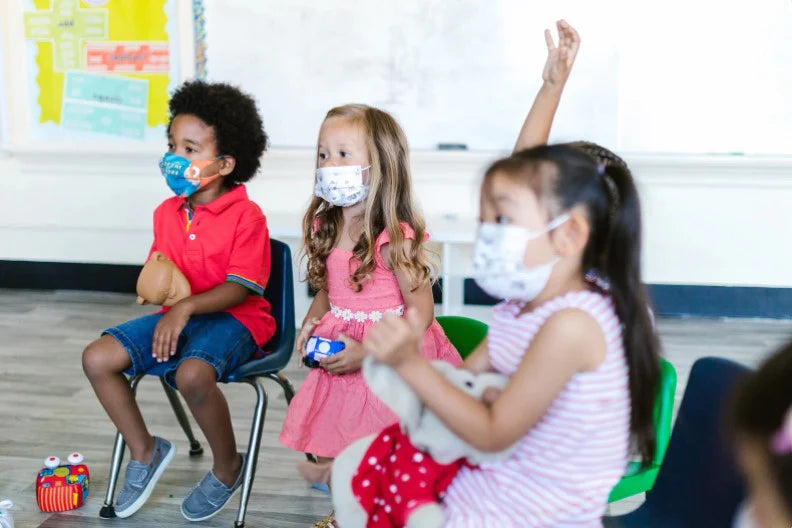Tracing is a simple yet effective activity that is both engaging and educational for young children. By using their hands to follow lines and shapes, 4-year-olds can develop essential skills while having fun. In fact, tracing is especially beneficial for tactile learners, who retain information best when they are physically touching something. So if you've ever wondered whether the time your child spends tracing in workbooks is worth anything, read on!
- Fine Motor Skills Development - Tracing activities require children to hold and manipulate writing tools, which helps improve their fine motor skills. As they trace lines and shapes, they enhance their hand-eye coordination, muscle control, and grip strength. These foundational skills are vital for future tasks like handwriting, drawing, and using scissors. Tracing also encourages the refinement of finger movements, leading to better control and precision.
- Handwriting Readiness - Tracing serves as a stepping stone toward developing proper handwriting skills. By practicing tracing letters and numbers, young children become familiar with their shapes and strokes. This early exposure helps them recognize the formation of letters and promotes muscle memory. As they repeatedly trace these characters, they gain confidence and the ability to reproduce them independently. Tracing also encourages proper pencil grip and control, setting the stage for smoother transition to formal writing later on.
- Cognitive Development - Tracing activities stimulate cognitive development in multiple ways. As children trace shapes and objects, they enhance their visual perception skills by identifying patterns and spatial relationships. Tracing also encourages problem-solving as they figure out the correct path to follow. Additionally, tracing can assist in early math concepts such as identifying shapes, sizes, and symmetry, (Storypod's Shapes with Rapunzel includes some tracing activities that are perfect for this!) A hands-on approach to learning in this fashion fosters critical thinking and analytical skills, allowing children to make connections and think creatively.
- Language and Vocabulary Enhancement - Tracing can serve as a language-rich activity, especially when combined with verbal interaction. While tracing, parents or educators can engage children in conversations about the shapes, colors, and sizes they are working with. You can say things like, "See how we make these sharp corners when drawing a square?" or "Don't forget that the lower-case J goes underground, just like the lower-case G." This interaction promotes vocabulary expansion and language development. Children can learn new words, practice descriptive skills, and strengthen their communication abilities.
So although it may seem like it lacks rigor, tracing actually serves an educational purpose that offers numerous benefits for preschoolers. From developing fine motor skills and handwriting readiness to fostering cognitive and language development, tracing engages young children in a meaningful way!








